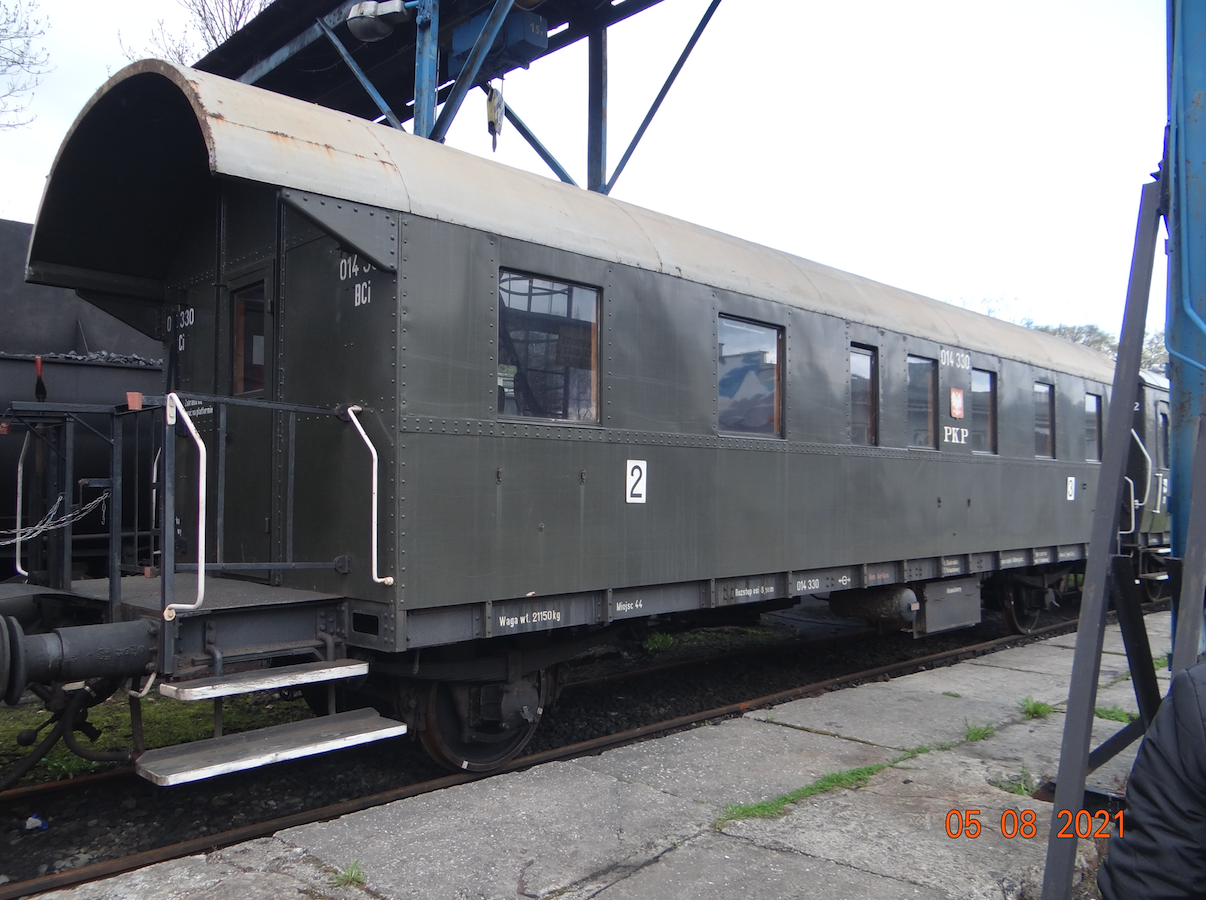Kraków 2021-05-25
Personal wagons - history.
Personal wagons with exposed and indoor assassinations.



In this article, we discuss passenger cars operated in PKP (Polish State Railways) passers-by, that is, where through the wagon leads the corridor who can move passengers, and above all the train crew. The previous wagons had a passage after external brooms, which were very blue.
Chronologically, after wagons with an external, side passage, wagons called "passenger wagons with discovered broom" were designed. Wagons of this type began to design and build after the Great World War. These wagons have at both ends of the platforms where the entrance door to the wagon was placed. Outdoor platform is a wagon distinguisher, but not only. Changes are more. Above all, the wagon's refuge and the construction of the box is completely made of steel profiles. Slave sheets were brought to this design. These rivets are clearly visible. The interior of the wagon is a wooden structure. Wooden is floor, walls, ceiling and benches. The corridor proceeds through the center of the wagon. In the middle of the wagon, a toilet was placed, and opposite it a heating furnace. In many wagons instead of a heating furnace, steam heating has already been installed with a steam locomotive installation. Sometimes a second toilet was installed in the furnace.
A new type of wagons were deprived of skylights, because the wagons had their own lighting installation. The lamps were petroleum or gas, but most often were electrical installations. The bulbs were little power, but sufficient for travelers and a conductor team. Thanks to the lack of skylights, roofs were covered with only large sheet sheets.
Wagons with discovered assemblies were produced from 1925, in many factories in Europe. Among other things, in the Gottfried Lindner AG factory, Ammendorf B. Halle (Germany). Among the wagons of this type, the BCi and Ci wagons are popular. Each country has its own signs of passenger wagons, but they sometimes change. For example, a BCi-29 passenger wagon, built in 1929, known among railway enthusiasts, was designated in 1945 - 1950, BCi in the period 1950 - 1956, ABi in the period 1956 -1977, Bi from 1977. In the designation, a small letter "i" means a passage wagon, i.e. not "bacon."
Written by Karol Placha Hetman
